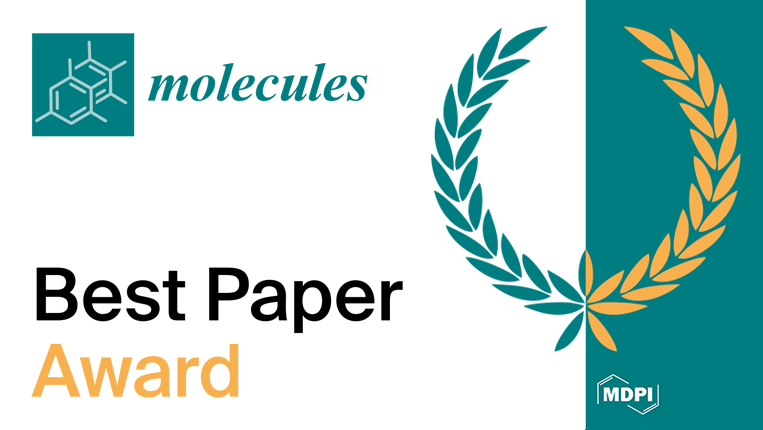The mise en place is ready and the apron is on: it's time to get to work at the KitchenLab, at the Centre for Biotechnology and Fine Chemistry (CBQF). It is within the scope of World Food Day, celebrated on October 16th, that ESB took the initiative to make and share the recipe for Carob and Chickpea Cake, which is a source of protein and fiber and has a low content of fat and salt.
It is in this experimental kitchen laboratory that you will find everything necessary for the design, handling and preparation of food. It is a large laboratory space for learning and experimenting with new and traditional culinary techniques, exploring the potential of ingredients and researching and developing new food products. A true kitchen powered by scientific knowledge.
The recipe, created by Ana Pimenta Martins, Phd student in Biotechnology, is also free of lactose and gluten and is affordable. Of the different ingredients that make up the recipe, there are three that stand out for their properties.
These are chickpeas, carob and pomegranates.
It is with the help of Ana Pimenta Martins that we discover the potential of chickpeas, carob and pomegranate. In general, they all stand out “as foods with a high nutritional value”, which “provide benefits to the health of consumers.”
Chickpeas, which are part of legumes, should be part of your daily diet. The Food Wheel recommends the daily intake of 1 to 2 servings of legumes [1 portion = 25g of dried legumes (1 tablespoon) or 80g of cooked legumes (3 tablespoons)]. Chickpea is a food that deserves our attention due to its remarkable nutritional value. It has a high vegetable protein content, provides dietary fiber and slowly absorbed carbohydrates, contributing to its regular consumption to control appetite. It is rich in micronutrients and other compounds that protect and regulate the body, namely B vitamins, iron, magnesium, potassium and carotenoids. Like other legumes, growing and producing chickpeas is environmentally friendly.
Carob is the fruit from the carob tree, a plant that is part of the legume family. Carob flour is derived from the pulp of the fruit which has undergone a roasting and grinding process. This flour has a sweet taste that resembles cocoa/chocolate, and is therefore used in its place in the confection of sweets. It is naturally low in fat, is a source of vitamins and minerals, is rich in flavonoids, antioxidants that have an anti-inflammatory, anticancer and antidiabetic function, and in fiber, contributing to appetite control, regulation of intestinal transit, control of plasma levels of cholesterol and blood glucose. It is also gluten-free and has anti-diarrheal properties. Unlike cocoa, it does not contain stimulating compounds such as caffeine and theobromine.
The pomegranate is a fruit characteristic of autumn and, therefore, it is of the season. It is a very interesting fruit from a nutritional point of view, with a high concentration of substances with antioxidant properties. These compounds are important in protecting the body's cells, contributing, for example, to promoting cardiovascular health. In addition, it is a source of fiber, vitamin C, potassium and iron.
The KitchenLab
In this experimental kitchen laboratory you will find everything necessary for the design, manipulation and preparation of food, framed in a research center equipped with the most advanced scientific resources in the areas of chemistry, biology, physics and sensory analysis.
KitchenLab, a place of for learning and experimentation, offers crucial support to several lines of research at CBQF. It is intended that KitchenLab be considered an essential resource for professionals of all branches and dimensions in the most varied food frontiers.
Let's not wait any longer. Here's the recipe
A recipe that inspires healthy, delicious, economical and sustainable cuisine.
Necessary material
Food processor, oven and cake pan
Ingredients
- 400g cooked chickpeas
- 80g carob flour
- 120g brown sugar
- 6 eggs
- 2 tablespoons of port wine
- 1 teaspoon yeast
- Topping (optional): 50g of 70% cocoa chocolate and pomegranate
Preparation Method
- Preheat the oven to 180ºC.
- Grease shape.
- With the aid of the food processor, reduce the cooked chickpeas to puree and gradually add the whole eggs, the brown sugar, the carob flour, the two tablespoons of port wine and the yeast, grinding everything very well.
- Pour the dough into the mold and bake for about 30-35 minutes. Use a toothpick to confirm cooking: if it comes out dry or with just a few dry crumbs attached, it's ready. Unmold carefully and let cool.
- For the topping, melt the chocolate in a bain-marie, cover the cake and decorate with pomegranate.
Nutrition declaration per 100g of cake
|
|
Per 100g |
|
Energy (Kj/Kcal) |
872 / 207 |
|
Lipids (g) |
6 |
|
Saturated (g) |
2 |
|
Carbohydrates (g) |
28 |
|
Sugars (g) |
18 |
|
Fiber (g) |
3 |
|
Proteins (g) |
8 |
|
Salt (g) |
0,14 |




